How to Draw a Train – Easy Train Drawing Tutorial
All aboard the midnight express! Hop on and join us today for a fun and exciting guide on how to draw a train. Did you know that the first train was invented in 1804 and could only go up to a speed of 10mph? Today’s trains can now reach top speeds of 361mph, what an improvement! Our 19 step-by-step guide will take you on a magnificent journey to creating a realistic train drawing.
A Simple Guide on How to Draw a Train
Learn how to draw a train by following our easy step-by-step guide. From basic elements and shapes to textures and highlights, you will become a train enthusiast in no time! For a more detailed look into the entire process, the below collage will guide you on how to draw your very own realistic train at each step!
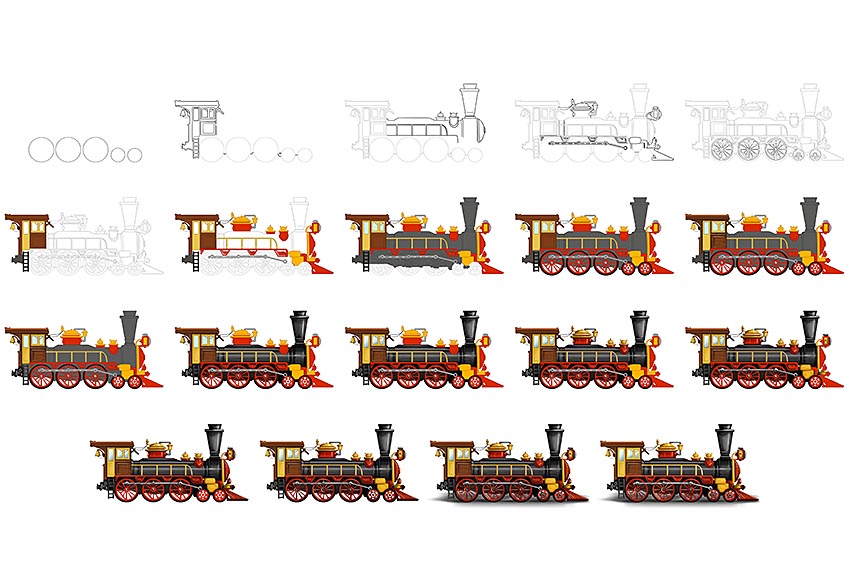
Step 1: Draw the Wheels of the Train
Begin by drawing three large circles in the middle of your drawing area. On the right-hand side of the large circles, draw two small circles.
You are now creating the wheels of your train.

Step 2: Draw the Cab on the Train Sketch
On the left-hand side of the larger circles, draw the main cab of the train. This should consist of a small door, window, bell, and a step ladder. The back of the cab should also include a train hitch.
Complete this step by adding partially visible joints between each wheel.
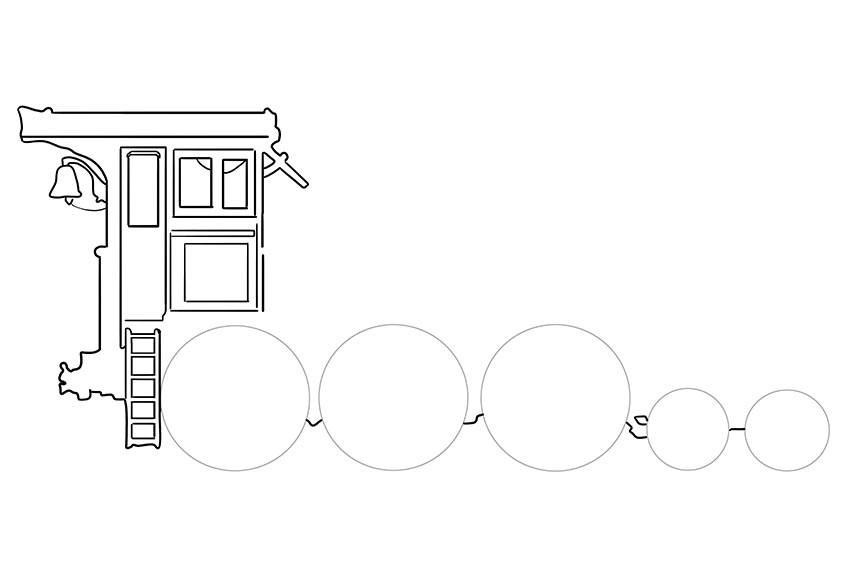
Step 3: Draw the Boiler on the Train
Attached to the cab, draw a long boiler with two small safety valve domes. On the right-hand side of the boiler, draw two slightly upward curving lines. This will represent the smoke box on your train.
Above the smoke box, draw a large upright funnel, which will act as the chimney of the train. Note that the chimney should be taller than the cab.
At the bottom of the boiler, draw side rails that curve slightly downwards.

Step 4: Begin to Draw the Steam Dome
Above the boiler, draw a steam dome and a small safety valve. Attach a steam release cable to the cab of the train. Above the wheels and just underneath the side rails, draw a wheel drive rod. This should be drawn along all three large wheels and should start bending slightly towards the first small wheel.
Above the front of the train and just below the smoke box, draw the front headlamp and marker jewel. Below the front of the train, draw a large bumper which is also known as the pilot or the cowcatcher.

Step 5: Draw the Rims of the Wheels
Begin by drawing a small circle within one of the large wheels. Draw a larger circle around the small circle. Continue by drawing a petal design surrounding the smaller circle. Repeat this process on the last two large wheels.
For the small wheels, draw a small circle in the middle of each wheel. Draw a slightly larger circle around the smaller circle. Draw three small oval shapes surrounding the circles.
Finish off by drawing a much larger circle around the frame of the wheels. Once completed, erase any visible construction lines.
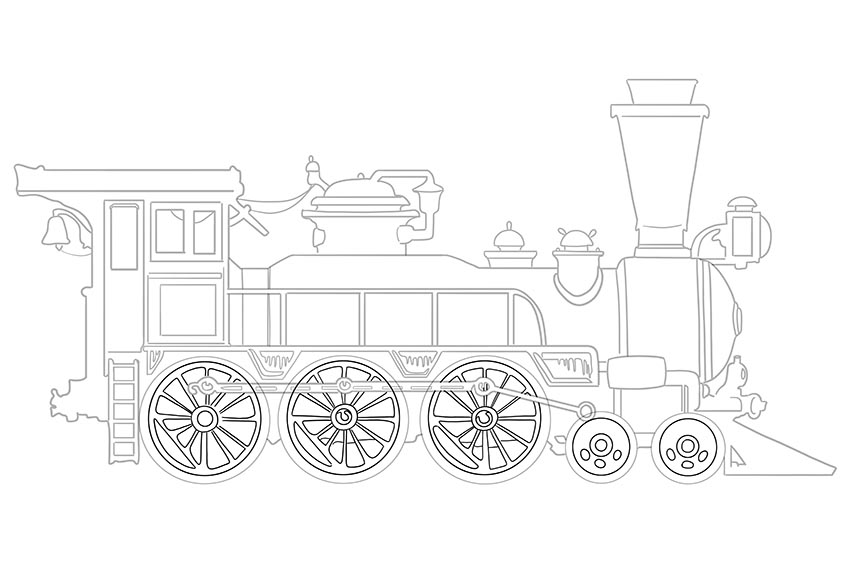
Step 6: Begin to Color the Cab
Use a small, fine brush and black paint, and begin painting the step ladder and the hinge of the bell. Using the same brush but switching to brown paint, paint the cable of the bell.
Using the same brush and paint, begin to evenly paint the train hitch.
Following this step, make use of brown paint, and evenly coat the entire cab, including the bell handle and the edges of the windows. Make use of a regular brush and golden yellow paint, and evenly paint the window frame, door, and bell of the train.

Step 7: Color the Steam Dome
Use a fine, sharp brush and mustard yellow paint, and paint all the steam dome details. Make use of a small, regular brush and red paint, and color the steam dome pipe, the safety valves, the top and bottom of the smoke box dome, the pilot/cowcatcher, and the wheel rails.
Using the same brush but switching to gray paint, paint the front lamp, steam dome extraction pipes, and the wheel rod. Finish off with golden yellow paint to color the side railing.

Step 8: Color the Boiler
Make use of a normal paintbrush and dark gray paint, and evenly color the boiler including the smoke tank, chimney, and bottom carriage. Complete the step by taking a small brush and light teal paint, and color the windows and the door window.

Step 9: Color the Wheels of the Train Sketch
Use a fine, sharp brush and black paint, and color the outer circle of each wheel. Repeat this step, now switching to red paint, and paint the inner circle of each wheel.
Complete the step by mixing dark and light gray paint to shade the center circle of each wheel.

Step 10: Texture the Cab of the Train Drawing
We will now focus on texturing the cab to create a realistic train drawing. Make use of a fine, sharp brush and light brown paint, and paint several horizontal layers to the cab. Repeat this process, now using a small, soft brush and black paint, and add fine horizontal lines along the cab.
You are now beginning to add texture to the cab of your train drawing!
Add structure to the frame of the door, and wooden frame beneath the windows, by using a small, soft brush and black paint. Complete this step using the same brush but switching to white paint, and add soft highlights between the structure lines.

Step 11: Texture the Hitch
Add fine details to the hitch of the train with a small, soft brush and light gray paint. Repeat this step on the step ladder and include soft brush strokes using white paint.
Use the same brush and a darker shade of golden yellow paint, and add a light frame around the door and windows. Following this, use light gray paint to add soft shading.
Complete this step by lightly shading the bell, and making use of white paint to add soft highlights to the bell.

Step 12: Texture the Boiler on the Train Drawing
Select black paint and a fine, sharp brush, and add fine horizontal strokes to the broiler. Repeat this step now using white paint and a small, soft brush, and add highlights to the boiler. Continue this process onto the chimney, however, make sure the lines are going vertically.
The first coat of color should still be visible between the texture lines.
Color the bottom carriage using black paint and a small brush. Use a blending brush to soften out each coat of paint.

Step 13: Finalize the Windows
Make use of a small, soft brush and gray paint, and add shading from the right corner of each window and softly fade inwards. Following this, use white paint and a fine, sharp brush, and add several fine brush strokes. This will create a more realistic shimmer.

Step 14: Add Shading to the Steam Dome
Apply soft shading to the yellow domes and valves with the use of a small, soft brush and black paint. Repeat this step now with white paint to add realistic highlights to the train drawing. Using the same brush and paint, apply a fading shadow along the edges of the steam dome pipe and the safety valves.
Continue this step now using a fine, sharp brush and apply fine vertical brush strokes.

Step 15: Shade the Wheel Rod
We will now focus on the bottom of the wheel rod. Apply shading along the bottom with the use of a small, soft brush and black paint. Following this, make use of black and yellow paint, and apply soft horizontal brush strokes onto the canister.
Repeat this step using white paint, and shade the edges of the canister.

Step 16: Shade the Pilot/Cowcatcher
Make use of a fine, sharp brush and black paint, and begin applying soft brush strokes to the pilot/cowcatcher. Repeat this step on the smoke box dome. Finish this step using white paint, and apply soft highlights within the edges of the pilot/cowcatcher and smoke box dome.
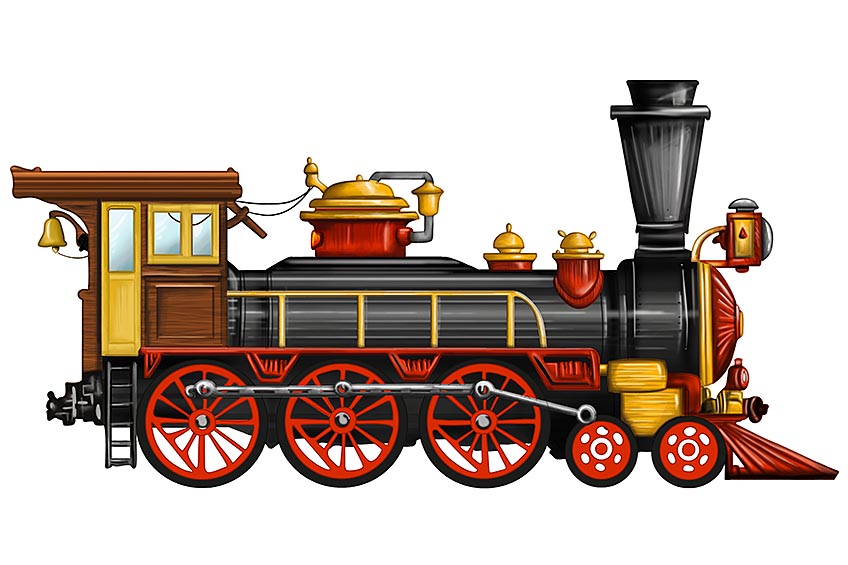
Step 17: Add Shading to the Wheels of the Train Drawing
Begin tracing the outer wheels of the train with a fine, sharp brush and black paint. Repeat this step using white or gray paint to add highlights to the wheels.
Add shading to the inner wheels with a soft brush and the same paint colors. Smooth out the areas with a blending brush.

Step 18: Add Ground Shadow to the Train sketch
Make use of a soft brush and black paint, and add dark spots underneath the train and between the wheels of the train drawing. Using a blending brush, fade out these dark spots to create a realistic shadow.

Step 19: Finalize Your Realistic Train Drawing
To complete your realistic train drawing, you will need to trace the entire outline of the train. Using a fine, sharp brush with the corresponding colors, smooth out any inner texture lines.
You have just created a flawless and easy train drawing!

We have now reached the end of our easy train drawing tutorial! In this tutorial, we have taught you all the necessary skills needed to create a realistic train drawing, in just 19 easy steps. We hope you have benefited from our drawing tutorial, and will now be able to easily and effortlessly draw a beautiful train!
Frequently Asked Questions
Is It Easy to Draw a Train?
Trains are incredibly easy to draw when you follow our step-by-step guide on how to draw a train. We take you through all of the necessary steps to achieve your final result of a magnificent-looking train!
How to Create a Realistic Train Drawing?
The key to creating a realistic train drawing lies in the color process. Shading and contouring are incredibly important steps to take to achieve a realistic-looking train. By following our guide on how to draw a train, yours will pop off of the page in no time!
Matthew Matthysen is an educated multidisciplinary artist and illustrator. He successfully completed his art degree at the University of Witwatersrand in South Africa, majoring in art history and contemporary drawing. The focus of his thesis was to explore the philosophical implications of the macro and micro-universe on the human experience. Matthew uses diverse media, such as written and hands-on components, to explore various approaches that are on the border between philosophy and science.
Matthew organized various exhibitions before and during his years as a student and is still passionate about doing so today. He currently works as a freelance artist and writer in various fields. He also has a permanent position at a renowned online gallery (ArtGazette) where he produces various works on commission. As a freelance artist, he creates several series and successfully sells them to galleries and collectors. He loves to use his work and skills in various fields of interest.
Matthew has been creating drawing and painting tutorials since the relaunch in 2020. Through his involvement with artincontext.org, he has been able to deepen his knowledge of various painting mediums. For example, watercolor techniques, calligraphy and lately digital drawing, which is becoming more and more popular.
Learn more about Matthew Matthysen and the Art in Context Team.


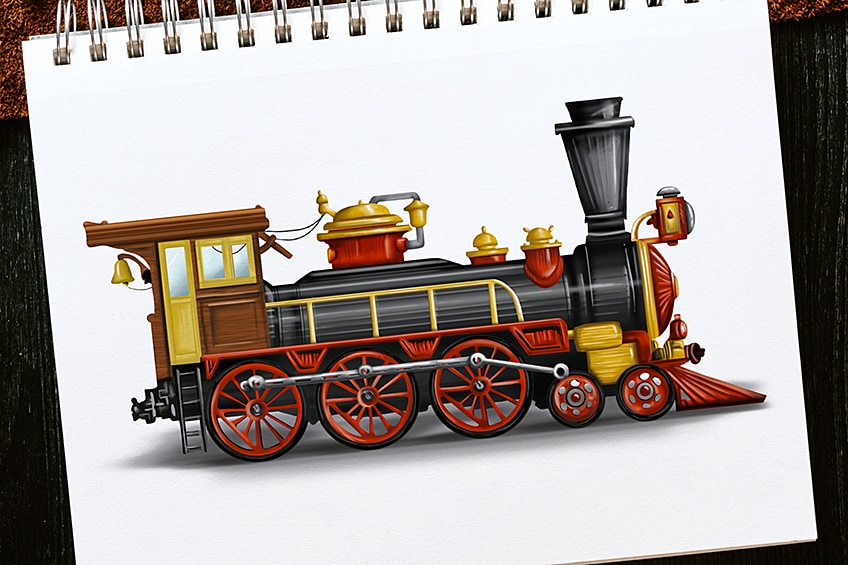





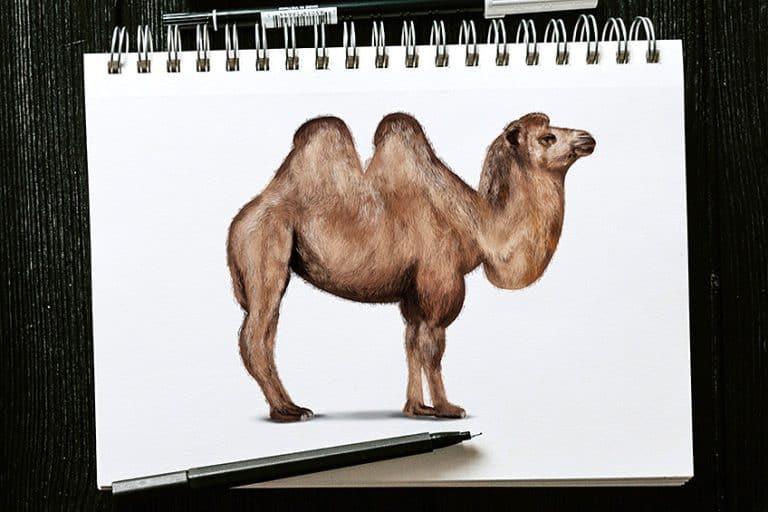

Thank you so much! It is exactly what I needed.
It would be lovely if you could do a tutorial on how to draw an old fashioned car or two to attach to it, and a caboose. You have a wonderful gift to be so talented.
Thank you for your kind reply Lib! We are already working on a car drawing tutorial.
This tutorial is brilliant! I will have lots of happy Nephews who’ll be receiving a version of this in their Xmas cards!
Thank you!
Thank you Vickie, it’s always very good to hear our drawing tutorials are helpful :-).